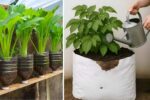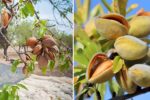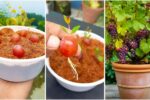Growing celery in a pot is a fantastic way to enjoy fresh, crunchy celery even if you don’t have a garden. It’s simple, requires minimal space, and lets you harvest your own healthy greens at home. Whether you’re new to gardening or just looking for an easy kitchen garden idea, growing celery in pots is perfect. In this guide, I’ll walk you through the basics and share tips to help you grow celery easily and successfully.
What Exactly Is Growing Celery in a Pot?
Growing celery in a pot means cultivating this vegetable in a container rather than in open soil. It allows you to control the soil quality, moisture, and location easily. This method is great for people with limited outdoor space, balconies, or even indoor areas with good light.
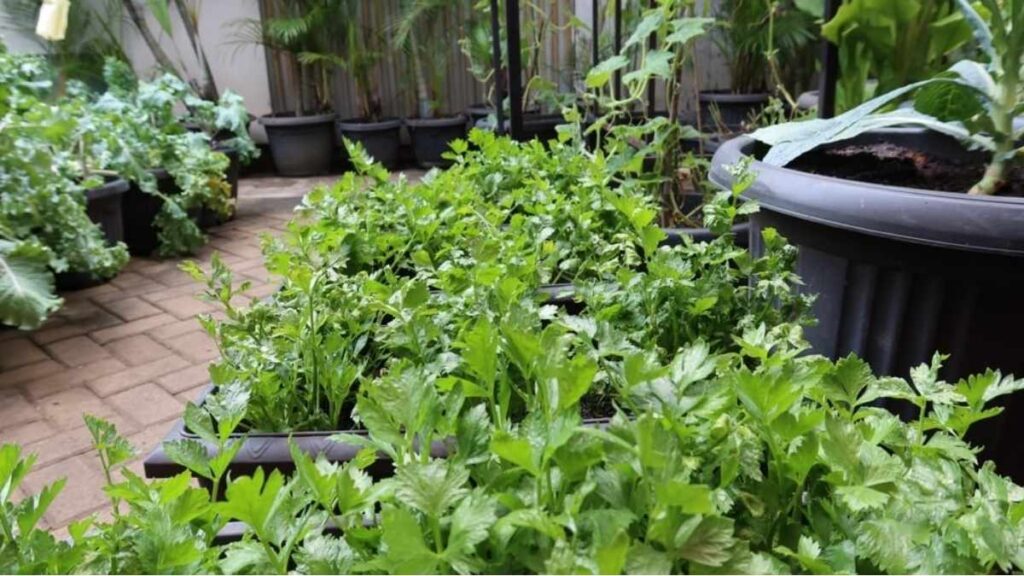
What Is the Best Time to Plant Celery in Pots?
- Early spring or late summer is ideal for planting celery outdoors.
- Celery prefers cooler temperatures between 60°F and 70°F (15°C to 21°C).
- In mild climates or indoors, you can grow celery almost year-round.
- Avoid planting during the hottest summer months to prevent bitterness and bolting.
What’s Needed to Successfully Grow Celery in a Pot?
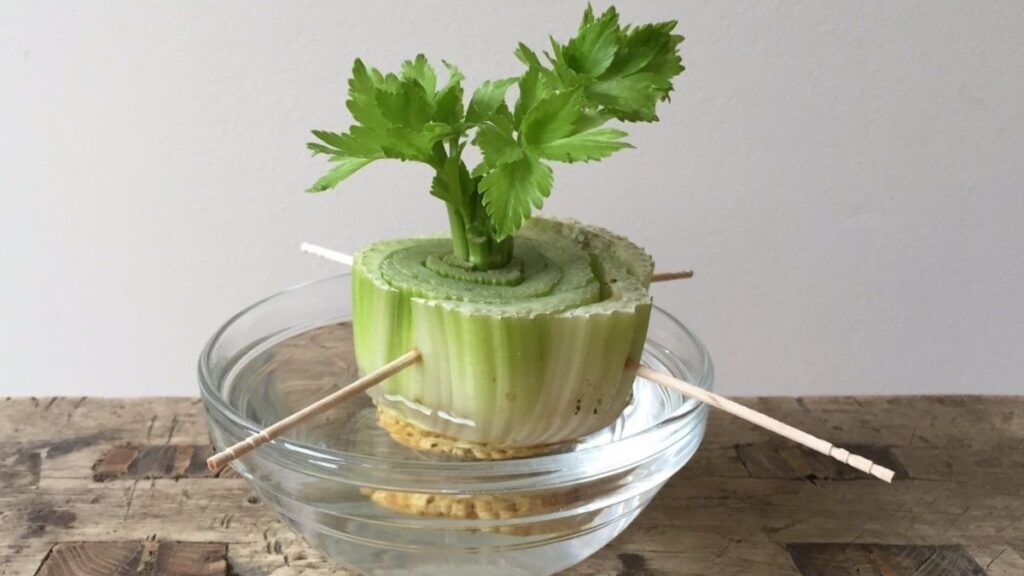
- A pot that is at least 8-10 inches deep and wide.
- Rich, well-draining potting soil with added compost or organic matter.
- Consistent watering to keep the soil moist but not soggy.
- At least 6 hours of sunlight per day or use a grow light indoors.
- Weekly feeding with a balanced, water-soluble fertilizer.
How IBR (Important Basic Requirements) Help Celery Growth in Pots
IBR stands for Important Basic Requirements which ensure healthy celery growth:
- I: Ideal Temperature (60-70°F / 15-21°C)
- B: Balanced Soil rich in nutrients and moisture retention
- R: Regular Watering to keep the soil consistently moist
Meeting these basics makes celery strong and crisp.
What They Are: Common Mistakes to Avoid When Growing Celery in Pots
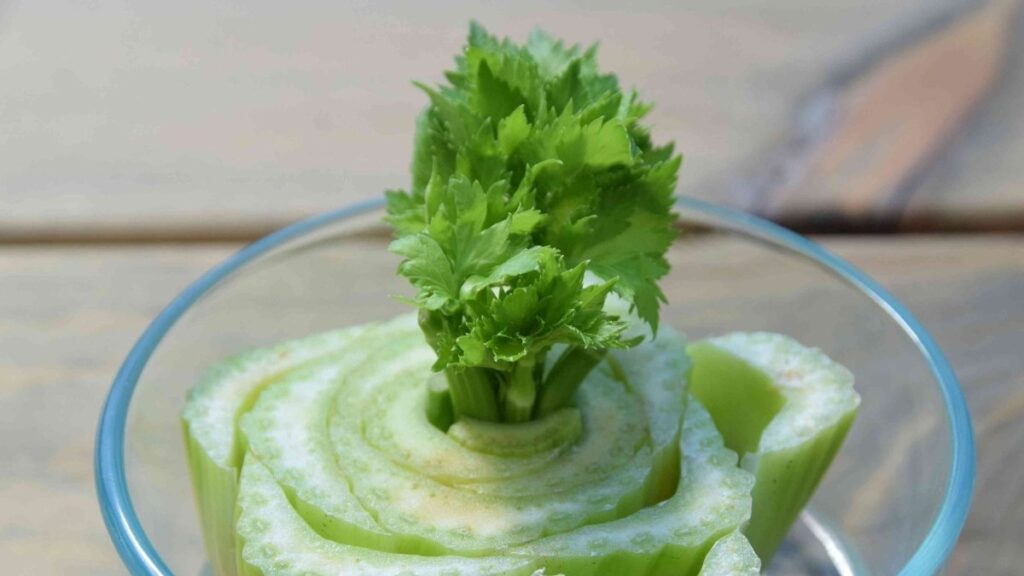
- Underwatering which causes celery to become bitter
- Using pots that are too small restricting root growth
- Not providing enough sunlight resulting in weak plants
- Skipping fertilization which leads to poor growth
Avoid these to get the best results.
What Is the Best Way to Harvest Celery Grown in Pots?
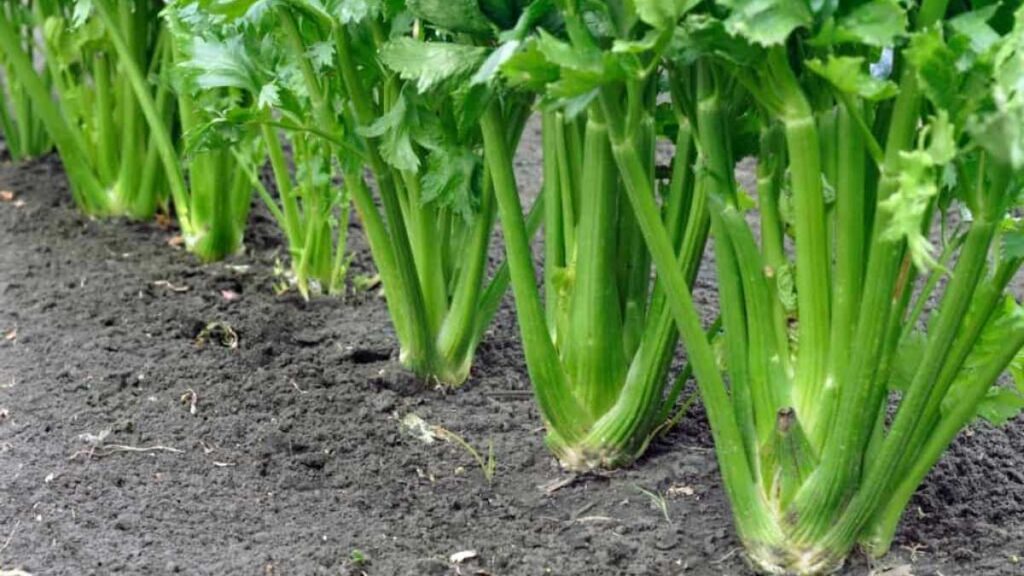
- Harvest celery stalks when they reach about 6 inches tall.
- Cut stalks near the base, leaving some to keep growing.
- You can harvest stalks gradually rather than all at once.
- For tender stalks, try blanching by wrapping stalks to block sunlight for a few days.
What Is the Difference Between Starting Celery from Seeds vs Seedlings?
| Method | Advantages | Disadvantages | Time to Harvest |
|---|---|---|---|
| Seeds | More variety, cost-effective | Longer growing period | 12-16 weeks |
| Seedlings | Faster growth, easier for beginners | More expensive, limited types | 8-12 weeks |
What Exactly Is the Key to Growing Healthy Celery in Pots?
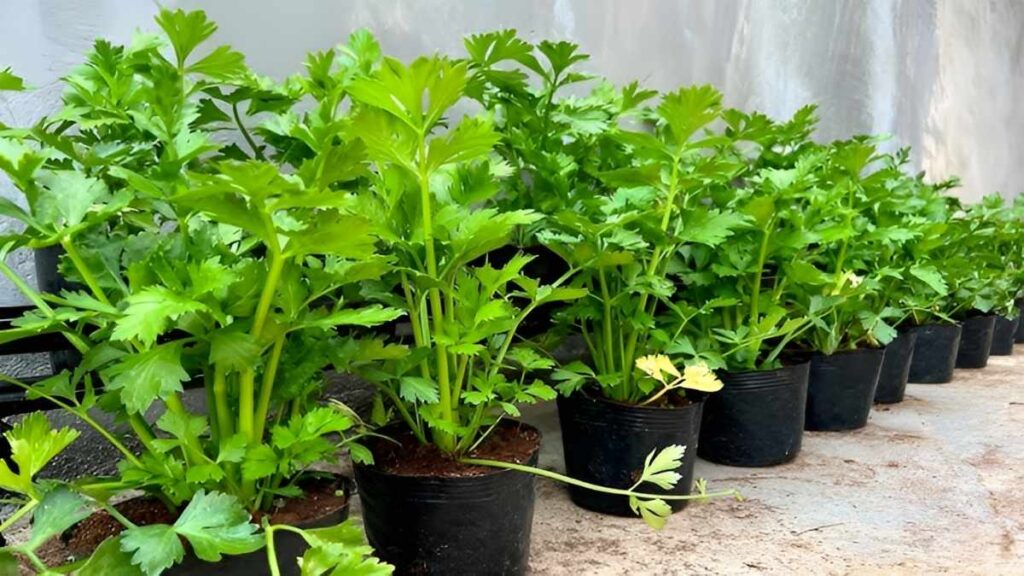
- Provide steady moisture, avoid dry soil
- Use rich, fertile soil with organic matter
- Ensure adequate sunlight or use grow lights
- Fertilize regularly with balanced nutrients
- Protect plants from extreme heat or cold
These factors work together to grow strong celery plants.
Conclusion
Growing celery in a pot is simple and rewarding with the right care. Focus on providing consistent moisture, enough sunlight, and good soil. Avoid common mistakes like underwatering or using small pots. With patience and attention, you’ll enjoy fresh, crunchy celery at home in just a few months.
FAQ
When should I water my celery in a pot?
Water whenever the top inch of soil feels dry. Celery prefers consistently moist soil.
What fertilizer works best for potted celery?
Use a balanced water-soluble fertilizer weekly to provide essential nutrients.
Why is my celery bitter?
Bitterness often comes from underwatering or growing in too hot conditions.
How long does it take for celery to grow in a pot?
Typically 12-16 weeks from seeds and 8-12 weeks from seedlings.
Can I grow celery indoors all year?
Yes, as long as you provide enough light and maintain temperatures between 60°F and 70°F.

